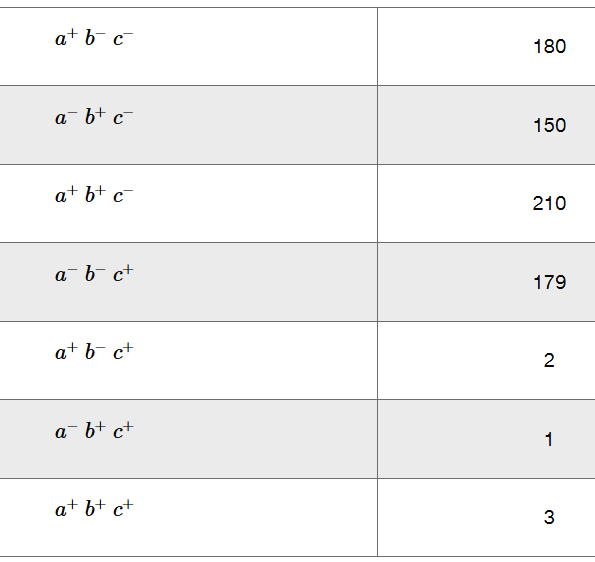 Back
BackProblem 1a
How do we know that genes exist in bacteria and bacteriophages?
Problem 1b
How do we know that bacteria undergo genetic recombination, allowing the transfer of genes from one organism to another?
Problem 1c
How do we know whether or not genetic recombination between bacteria involves cell-to-cell contact?
Problem 1d
How do we know that bacteriophages recombine genetic material through transduction and that cell-to-cell contact is not essential for transduction to occur?
Problem 1e
In this chapter, we have focused on genetic systems present in bacteria and on the viruses that use bacteria as hosts (bacteriophages). In particular, we discussed mechanisms by which bacteria and their phages undergo genetic recombination, which allows geneticists to map bacterial and bacteriophage chromosomes. In the process, we found many opportunities to consider how this information was acquired. From the explanations given in the chapter, what answers would you propose to the following questions? How do we know that intergenic exchange occurs in bacteriophages?
Problem 1f
In this chapter, we have focused on genetic systems present in bacteria and on the viruses that use bacteria as hosts (bacteriophages). In particular, we discussed mechanisms by which bacteria and their phages undergo genetic recombination, which allows geneticists to map bacterial and bacteriophage chromosomes. In the process, we found many opportunities to consider how this information was acquired. From the explanations given in the chapter, what answers would you propose to the following questions? How do we know that in bacteriophage T4 the rII locus is subdivided into two regions, or cistrons?
Problem 2
Write a short summary that contrasts how recombination occurs in bacteria and bacteriophages.
Problem 3a
With respect to F⁺ and F⁻ bacterial matings, answer the following questions: How was it established that physical contact between cells was necessary?
Problem 3b
With respect to F⁺ and F⁻ bacterial matings, answer the following questions: How was it established that chromosome transfer was unidirectional?
Problem 3c
With respect to F⁺ and F⁻ bacterial matings, answer the following questions: What is the genetic basis for a bacterium's being F⁺.
Problem 4
List all major differences between:
(a) The F⁺ x F⁻ and the Hfr x F⁻ bacterial crosses
(b) The F⁺, F⁻, Hfr, and F' bacteria.
Problem 5
Describe the basis for chromosome mapping in the Hfr x F⁻ crosses.
- In general, when recombination experiments are conducted with bacteria, participating bacteria are mixed in complete medium, then transferred to a minimal growth medium. Why isn't the protocol reversed: minimal medium first, complete medium second?
Problem 6
Problem 7
Why are the recombinants produced from an Hfr x F⁻ cross rarely, if ever, F⁺?
Problem 8
Describe the origin of F' bacteria and merozygotes.
Problem 9
In a transformation experiment, donor DNA was obtained from a prototroph bacterial strain (a⁺b⁺c⁺), and the recipient was a triple auxotroph (a⁻b⁻c⁻). What general conclusions can you draw about the linkage relationships among the three genes from the following transformant classes that were recovered?

